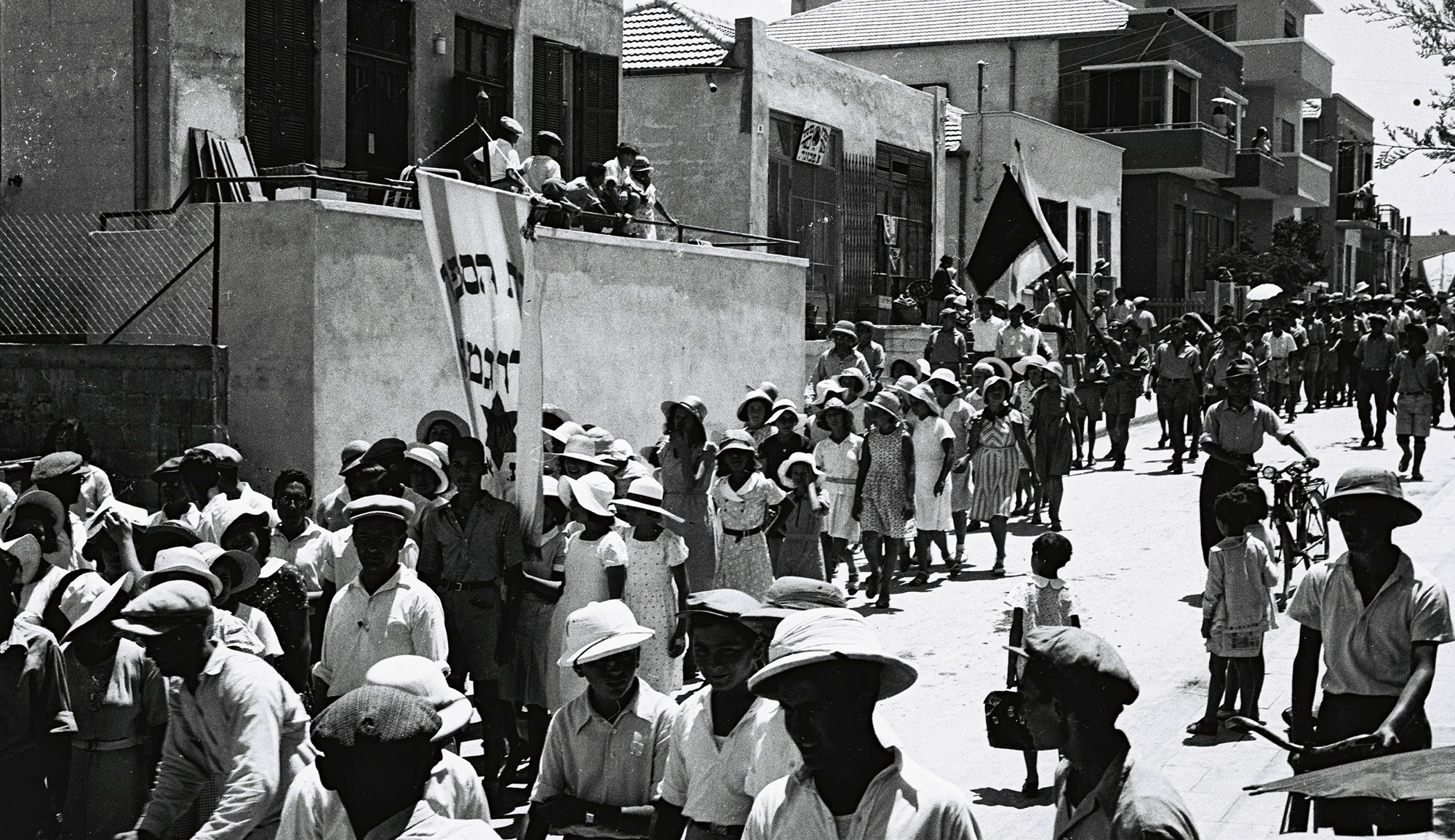Following the ancient interpretation of Leviticus 23:40, the etrog or citron is one of the four plant species used in the rituals of Sukkot, the festival that begins this evening. The Jews of early America followed their largely northern European forbears in importing these fruits from various Mediterranean locales, and especially from Corsica and Sicily. But the Napoleonic wars cut off the supply, and in the early 19th century rabbis began to raise questions about the halakhic suitability of this variety. Jonathan Sarna and Zev Eleff explain how American’s citron market evolved thereafter:
[E]ntrepreneurial American farmers responded eagerly to increased demand for citrons, then used both for making candy and for medicinal purposes. Thomas Jefferson’s Garden Book records that he (meaning his slaves) grew the fruit in Monticello, his Virginia plantation—not to supply Jews, of course, but just to see if he could. Others grew etrogim elsewhere. Regrettably, citron trees proved extremely sensitive to cold, and almost all attempts to grow them commercially in the eastern United States ended in failure. A new solution was required.
The most common source of etrogim, as a result, became the Caribbean. Much closer to America than the alternatives, Caribbean citrons were far cheaper and easier to access than those from the Ionian island of Corfu, which with the decline of the Corsican variety became the major provider of European etrogim. Caribbean citrons, principally from Jamaica (brought there by Columbus on his second voyage, in 1493), created a low-cost etrog market centered in the New World.
Yet Jamaican etrogim were yellowish-white and smoother and rounder than the Corfu ones. So were they really kosher? This question led to a vituperative halachic dispute among both Old and New World luminaries.
[The second half of the 19th century] saw etrogim from various places sold in the United States. Business boomed, largely because sugar prices dropped and candied citrons became a highly popular American treat. Which of these imports were actually kosher for use on Sukkot continued to be debated, but at the end of the day, much as local Jews could choose among different rites and movements and synagogues, they could now choose among etrogim from different locales: very expensive ones from Corsica or Corfu; cheaper varieties from the Caribbean; and, with the completion of the transcontinental railroad in 1869, growing numbers of citrons from sunny California, where citrus of all kinds thrived.
More about: American Jewish History, California, Etrog, Thomas Jefferson


